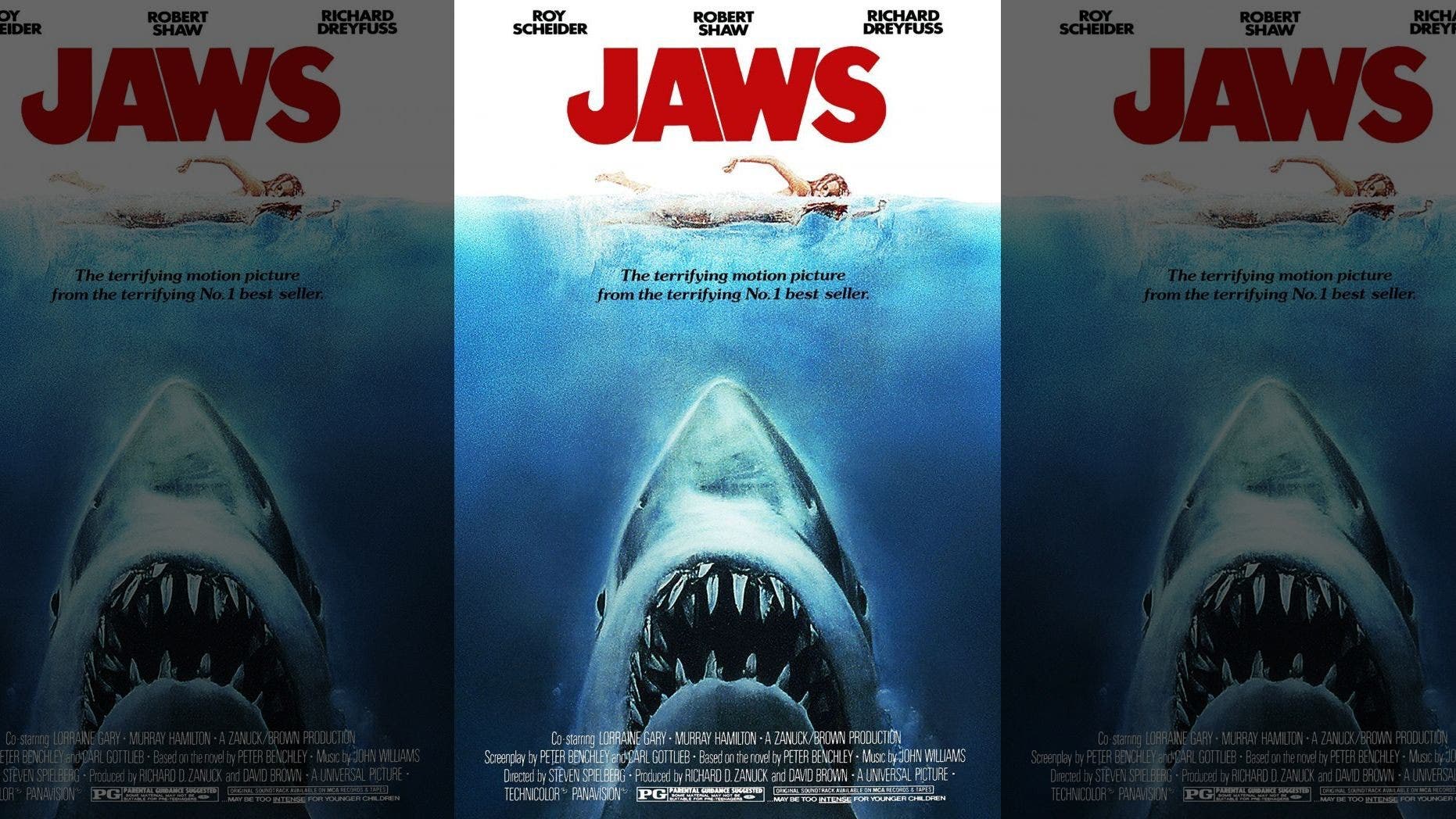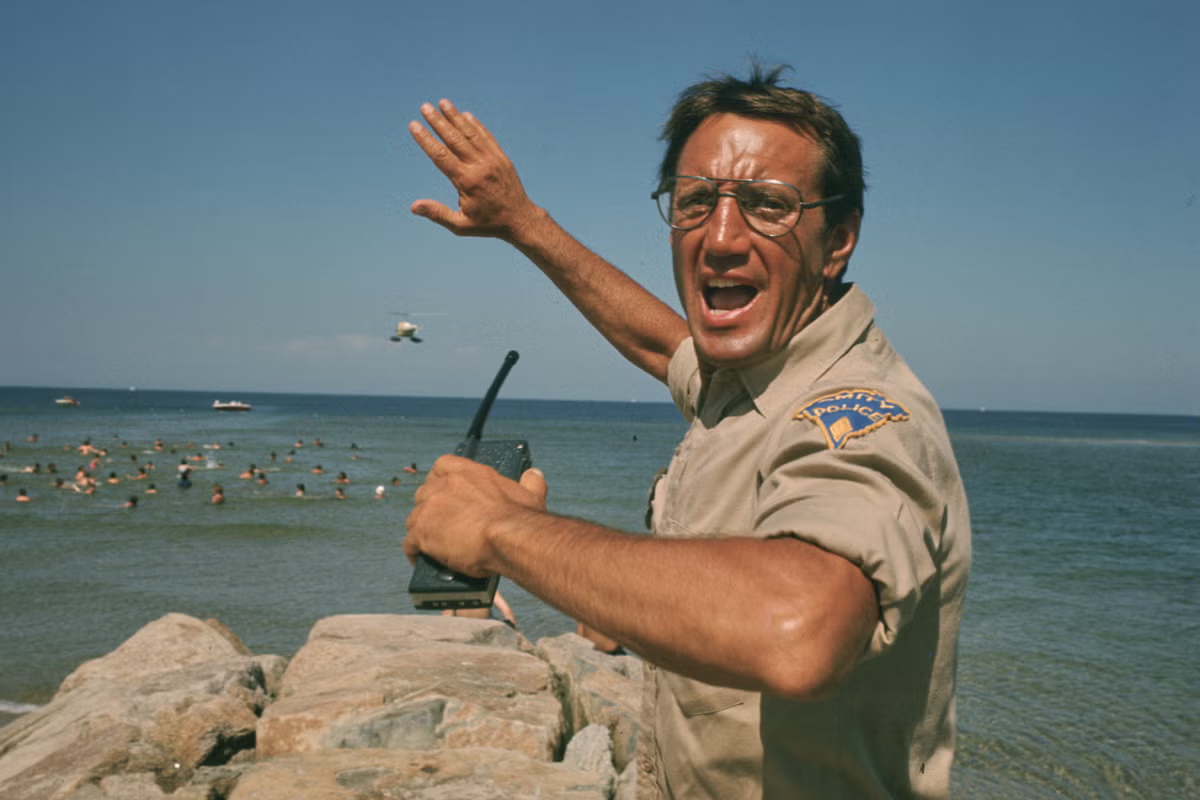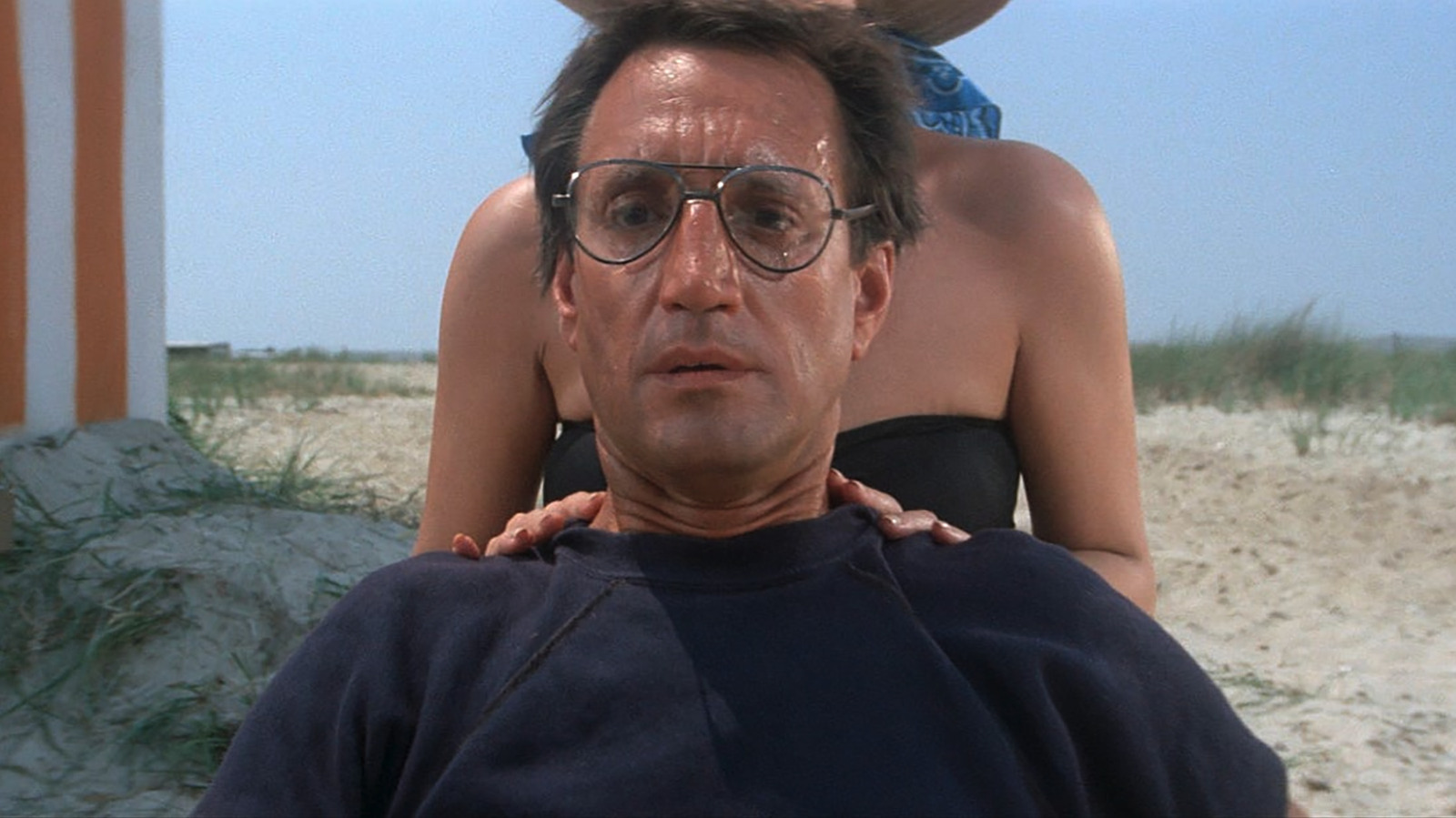Jaws Celebrates 50th Anniversary with Tributes, Reviews, and Retrospectives

As Steven Spielberg’s iconic film “Jaws” marks its 50th anniversary, it continues to be celebrated by Hollywood experts and audiences alike as a “perfect film” that irrevocably reshaped cinema and popular culture. Released on June 20, 1975, the movie is widely credited with inventing the modern summer blockbuster, transforming how films were marketed, distributed, and consumed, a blueprint that remains influential for major releases today.
Based on Peter Benchley’s 1974 bestselling novel, “Jaws” follows Amity Island Police Chief Martin Brody, marine biologist Matt Hooper, and grizzled shark hunter Quint as they confront a monstrous great white shark terrorizing their New England beach community. The film’s success was monumental, earning $260.7 million in its initial release, making it the highest-grossing movie in history at the time, and garnering three Academy Awards. Its impact on American culture was profound, jump-starting interest in the ocean and sharks, though it also generated fear and an unfortunate uptick in shark tournaments, a consequence that horrified Peter Benchley and his wife, Wendy Benchley, inspiring their lifelong dedication to ocean conservation and shark education.
Despite its flawless final product, “Jaws” was plagued by an infamously troubled production. Filming on the open water off Martha’s Vineyard was Spielberg’s vision for authenticity but led to agonizing ordeals, including unpredictable weather, seasickness, and constant interruptions from pleasure cruisers. Most notably, the mechanical great white shark prop, affectionately dubbed “Bruce,” frequently malfunctioned in the saltwater, leading to significant delays (over 100 days behind schedule) and a doubled budget of $8 million. Young Spielberg, then 27, feared being fired, with rumors circulating that the studio would shut down production. Adding to the tension were clashes between cast members, particularly between Robert Shaw (Quint) and Richard Dreyfuss (Hooper).
However, Spielberg masterfully transformed these limitations into cinematic strengths. The malfunctioning shark forced a “less-is-more” approach, building unbearable tension by suggesting the shark’s presence through its POV shots, fin glimpses, and John Williams’s iconic, foreboding three-note theme. Williams’s score, which Spielberg initially questioned, became inseparable from the film’s terror. Spielberg, alongside co-writer Carl Gottlieb, also made crucial changes to Benchley’s novel, streamlining the plot, enhancing character likability, and crafting a more explosive and rewarding ending. He famously insisted on a 25-foot shark for cinematic impact, despite Benchley’s preference for a more realistic 15-foot size, understanding the need for a truly monstrous villain.
The film’s enduring power also stems from its compelling characters and the exceptional performances of its cast. Roy Scheider delivers a nuanced portrayal of Chief Brody, a New York transplant grappling with fear and responsibility. Richard Dreyfuss imbues Hooper with a perfect blend of intellect and ego, while Robert Shaw’s grizzled Quint, despite initial challenges in finding his footing, delivers one of cinema’s most memorable performances, particularly in his harrowing USS Indianapolis monologue. This scene, honed by various writers and Shaw himself, cemented the bond between the three protagonists, ensuring audiences cared about their survival against the terrifying backdrop of the open sea.
“Jaws” is often seen as a bridge between the introspective, character-driven films of the “New Hollywood” era and the spectacle-driven blockbusters it initiated. It combines the deep character studies and naturalistic acting of its time with the thrilling disaster movie blueprint. Fifty years on, “Jaws” remains profoundly re-watchable and culturally relevant, still inspiring fear of the ocean’s unknown depths and continuing to influence filmmakers. Its impact is further explored in the new documentary “JAWS @ 50: The Definitive Inside Story,” produced by Amblin Documentaries in partnership with Wendy Benchley, set to premiere on National Geographic on July 10, with streaming available on Disney+ and Hulu the following day.









